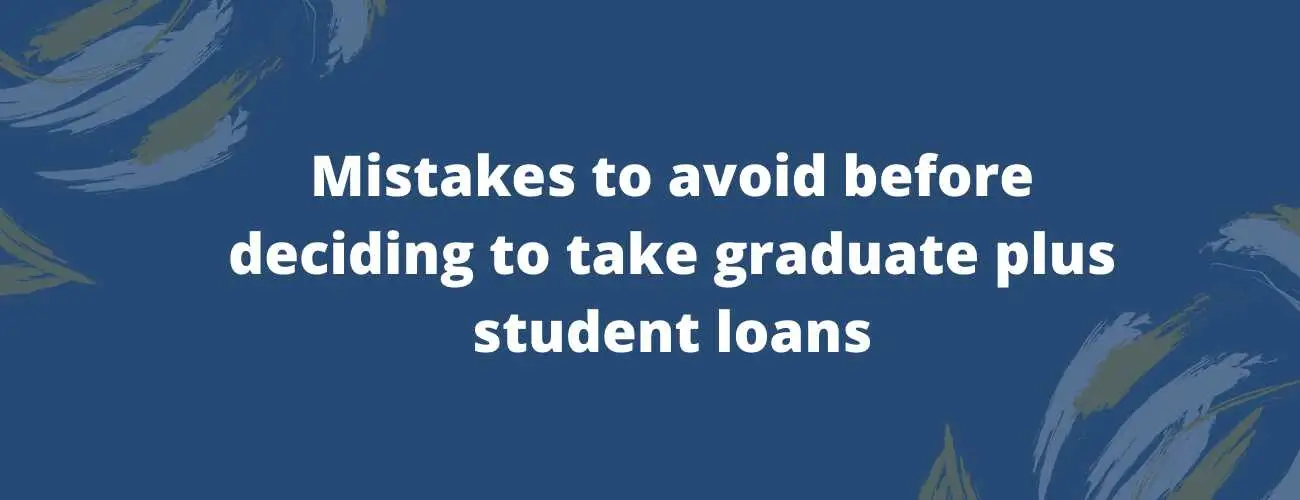What is a Direct Stafford Loan? [Explained]
Federal student loans have a number of benefits associated with them. Learn how you can use Direct Stafford Loans to your advantage. Explore the types of Stafford loans, amount to be borrowed, how to pay them back, check your eligibility and much more.
Updated by Chandni Agarwal on 25th August 2020
Federal student loan options have many benefits, from qualifying for forgiveness to flexible repayment options. Federal loan options include direct Stafford loans, PLUS loans, and consolidated loans.
When you are looking for help to cover your tuition, it is always advised to exhaust yourself of all your federal options before seeking aid from private institutions, out of all the federal options available here is a deep dive into what direct Stafford loans have to offer.
Table of contents
- What are direct Stafford loans
- Types of Federal Direct Stafford loans
- Eligibility
- Are Stafford loans right for you
- Borrowing limits
- Paying back Stafford loans
- Are there any additional fees
What are Direct Stafford loans?
Direct Stafford Loans are a type of federal loans provided by the US Department of Education. It is offered to undergraduate, graduate, and professional students enrolled at least half time in school who may need help in college-related expenses.
A grace period of six months is also provided to the Direct Stafford Loan borrowers after the completion of their college until they meet the requirement to start repayment. The federal direct Stafford loan interest rate is fixed for the life of the loan.
With the cancellations of Perkins and FFELP loans, now all federal student loan borrowers have access to only Direct Loans. Direct Stafford Loans comprise of direct subsidized and direct unsubsidized, Direct PLUS, and consolidated loans.
Federal Direct Stafford Loan Types: Subsidized and Unsubsidized Loan
Federal Direct Subsidized Loan - It is a type of loan in which the government will pay the Stafford loan interest rate on behalf of the student until the student is graduated, or at least attending a half time school. The underprivileged students (those who don’t have enough money to meet their education requirements) are given high priority. After the completion of graduation, the student will have a grace period of six months. Under this type of loan, the U.S Department of Education pays interest rates while he/she in school.
Federal Direct Unsubsidized Loan - Under this loan, the student has to pay the loan and the Stafford loan interest rate of his own. This type of loan is available to undergraduate, graduate, and professional students. The government doesn't consider paying the interest rate for students availing this type of loan as it doesn’t consider the financial requirements of them. After the graduation of the student, the student has to pay both the interest rate and loan.
Eligibility for Direct Stafford Loans
To qualify for this loan, you have to meet the following requirements.
-
You must be a U.S citizen, -- national or a permanent resident
-
You must be enrolled for, at least half time in an accredited institution
-
Should not be defaulted or have a refund to any previous student loan/aid
-
Should be good in academic standing
-
Should have a reason for financial needs (for a subsidized loan)
Additional steps you must take to receive a loan
In case your financial aid package includes a federal student loan, your school will inform you to accept the loan. But if you are receiving the loan for the first time, you will require the following things:
-
Complete Student Counseling is a tool to ensure your commitment towards the repayment of the loan
-
Master Promissory Note is to be signed for the loan, stating that you agreed to all the terms and conditions of the loan
The Financial Aid Office at the school you are planning should be contacted for further details regarding the process of receiving the loan at your school.
Are Direct Stafford loans right for you?
In order to decide whether Direct Stafford Loans are right for you, let us go through some of the advantages of having direct Stafford loans with you and how they can assist you in covering your tuition costs.
Advantages of having Direct Stafford loans
Unsubsidized Stafford Loan - The most important benefit of the unsubsidized loan is that it is provided to both the undergraduate or graduate and they don’t need to prove their financial need for their loan. The amount of loan a student can borrow is unsubsidized is more than that of a subsidized loan.
Amount - The maximum amount limit for this type of loan is $31000.
Subsidized Stafford Loan- The benefit of opting Subsidized loans is that the government will pay all your interest rate until you are graduated from school.
Besides these benefits, there is one more benefit for the burrower of any type of federal loan is that they can apply for forgiveness (in this case if the borrower has paid his 120 payments, the rest amount can be forgiven by the lender).
Direct Stafford Loan Drawback
Be it a subsidized or unsubsidized loan, one drawback that comes is you are taking it in a debt. And every debt comes with a risk factor while you make your decision. The major risk is defaulting your loan.
Defaulting means if a borrower has missed his payment continuously many times then it is said to be defaulting of loan. The no of payments will be decided by the lender.
Subsidized Loan
1 - Fixed borrowing amount - The downside of a subsidized loan is that the amount of money you can take as a loan is fixed and you cannot exceed that amount. The guideline which determines the amount of money you will receive is decided by your school and in which year you are.
2 - Increases only on a yearly basis - In the first year of school, most of the subsidized students are limited to $3,500. While in the second year $4,500, in the third year and fourth year is $5,500 according to the Department of Education.
Unsubsidized Loan
Every loan has its own pros and cons and in the unsubsidized loan, The borrower has to pay the whole amount of the Stafford loan interest rate starting from the very first day he borrowed the loan. If he is unable to pay the loan for any reason then the interest rate will be added to the total amount, and if any interest rate goes unpaid then it will become over time.
Amount to be borrowed in Direct Stafford Loan
Depending on the type of loan whether subsidized or unsubsidized, you can influence the amount you can borrow in Direct Stafford Loan. Your school decides the amount you can borrow which cannot exceed the financial needs and it also depends on the type of loan you receive. The amount to be borrowed each year also depend on your dependency status along with your school.
Following is the table which will give you a clear picture of the annual and aggregate limit of subsidized and unsubsidized loans for dependent and independent students as determined by the U.S Department of Education.
|
Subsidized Stafford Loans |
||
|
Year |
Dependent Students |
Independent Students |
|
First-Year Undergraduate Annual Loan Limit |
$3,500 |
$3,500 |
|
Second-Year Undergraduate Annual Loan Limit |
$4,500 |
$4,500 |
|
Third-Year Undergraduate Annual Loan Limit |
$5,500 |
$5,500 |
|
Graduate Students Annual Loan Limit |
Not Applicable |
Not Applicable |
|
Subsidized Aggregate Loan Limit |
$23,000 |
$23,000 |
Dependent Student is a student who doesn’t meet any requirements of their own. They are undergraduate and live with their parents.
Independent Student is a student who has completed his graduation and pursuing studies further like a master’s or doctorate. Or you have a child or children, any other legal dependents, who are financially dependent on them.
|
Unsubsidized-Stafford Loans |
||
|
Year |
Dependent Students |
Independent Students |
|
First-Year Undergraduate Annual Loan Limit |
$5,500 |
$3,500 |
|
Second-Year Undergraduate Annual Loan Limit |
$6,500 |
$4,500 |
|
Third-Year Undergraduate Annual Loan Limit |
$7,500 |
$5,500 |
|
Graduate Students Annual Loan Limit |
Not Applicable |
$20,500 |
|
Unsubsidized Aggregate Loan Limit |
$31,000 |
$57,500 (undergraduate) $138,500 (graduate) |
Federal Direct Stafford Loan Interest Rates
Depending on the type of loan, subsidized or unsubsidized the Stafford loan interest rate will vary.
Subsidized Loans- After July 1, 2017, and before July 1, 2018, the disbursed student loan interest rate was 4.45% for undergraduate, 6% for graduate students on loan.
Unsubsidized Loans- After July 1, 2017, and before July 1, 2018, the disbursed student loan interest rate was 4.45%.
Paying back Direct Stafford Loan
After your "MPN" has been processed by the Federal Student Aid Office, the funds are sent to your college's Financial Aid Office. Once your school receives the loan, it will be first sent to your school account, to accommodate your tuition fees, books, and other school charges. The whole loan amount must be used for education expenses. In case any additional amount is left after all the education expenses, it will be returned to the student. The repayment process and their interest calculation differ for subsidized and unsubsidized loans, which are described as following.
-
Subsidized loans - In Subsidized loans, the government will pay your interest rate until you are in school. And later on, the interest accumulated during the grace period and the rest loan amount you have to pay.
-
Unsubsidized loans - While in unsubsidized loans, the whole amount is to be paid by you. Which includes both the principal and interest payments to be made.
Loan repayment plans available
To meet the requirement of every individual borrower, there are a number of loan repayment options. In order to understand which repayment option is best for you, you can ask your loan servicer. In general, the repayment is for 10-25 years depending on the type of direct Stafford loan you have to opt for.
Student loan repayment is crucial for all borrowers, this phase of a borrower can either leave you devastated or help you build a credit score. It is advised to have an in-depth knowledge of all the student loan repayment options available.
Facing trouble repaying your loan
Make sure you contact your loan servicer when you are facing problem while repaying your loan, he will make you understand your loan option in the best way. For example- you have opted for a loan with high monthly repayment but now you want to change your repayment option to a lower repayment option or want to deferment or forbearance Which means temporarily stop your repayment for some time.
Who will contact me after I receive my loan?
Once you receive your Direct Loan, Your Student Loan Servicer (to whom you will repay your loan) will contact you. He will provide all the regular updates regarding your loan and any additional information needed. Your student loan servicer will help handle all services related to your federal student loans, they can assist you with consolidation and choosing the best repayment plan suited for your financial condition to help you pay off your student loans.
Worried about your college tuition? Learn more about student loans
Is there any additional fee for Direct Stafford Loans
A percentage of the loan amount which is deducted from each loan you pay and that is the fees for a Direct Stafford Loan. According to your first paid out, the percentage will vary.
-
First Reimbursement Date on or after Oct 1, 2018, and before Oct 1, 2019, the loan fee is 1.062%
-
First Reimbursement Date on or after Oct 1, 2019, and before Oct 1, 2020, the loan fee is 1.059%
-
There was a different loan fee for the first loan disbursed prior to Oct 1, 2018
As discussed above, Direct Stafford Loan has its own pros and cons. Complete your due research before applying for any kind of loan, to ensure that you choose the best option suitable for your financial condition. If you already have Student Loans and are looking for ways to get out of debt, then refinancing may be an option you can look into. Interested? Check out the Best Companies To Refinance Your Student Loans and find the best match for your needs.
| Minumum Credit Score | Apply in as little as | Variable APR | Fixed APR | ||
|---|---|---|---|---|---|
 | Not Available | 15 minutes or less | 2.95 | 4.74 | View disclosures |
 | 620 | 2 minutes | 5.38%-16.99%1 | 4.43%-16.99%1 | View disclosures |
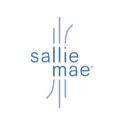 | Not Available | 15 minutes | 1.13% - 11.23%¹ (with autopay) | 3.50% - 12.60%¹ (with autopay) | View disclosures |
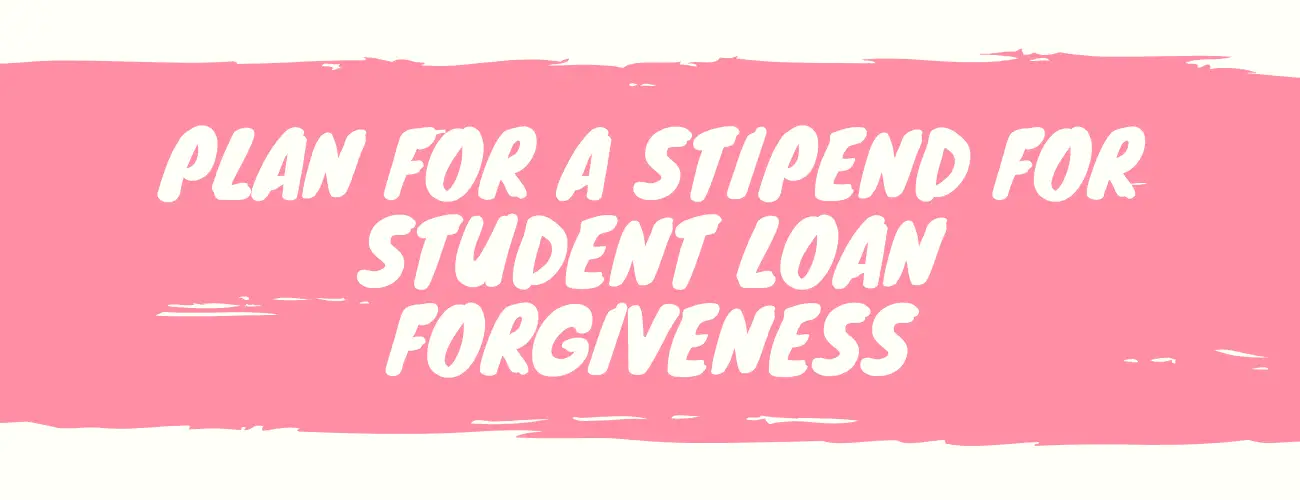
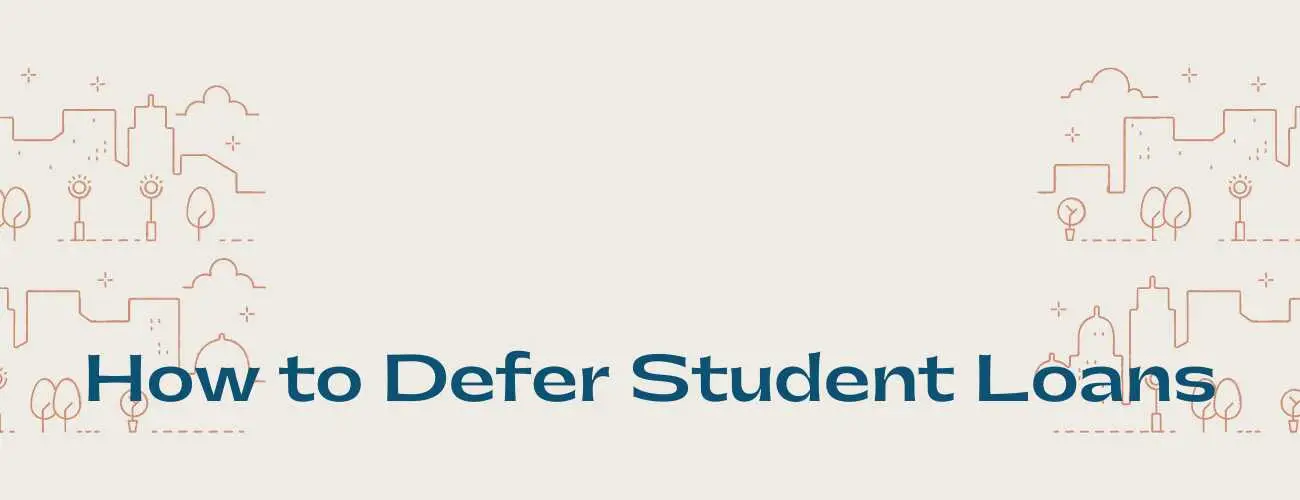
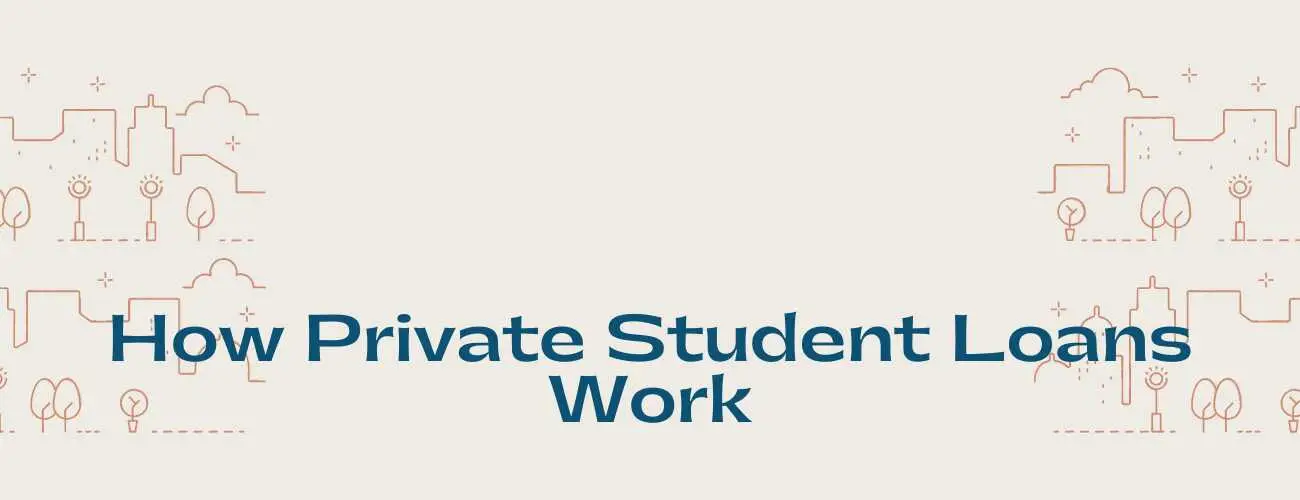
93.jpg)
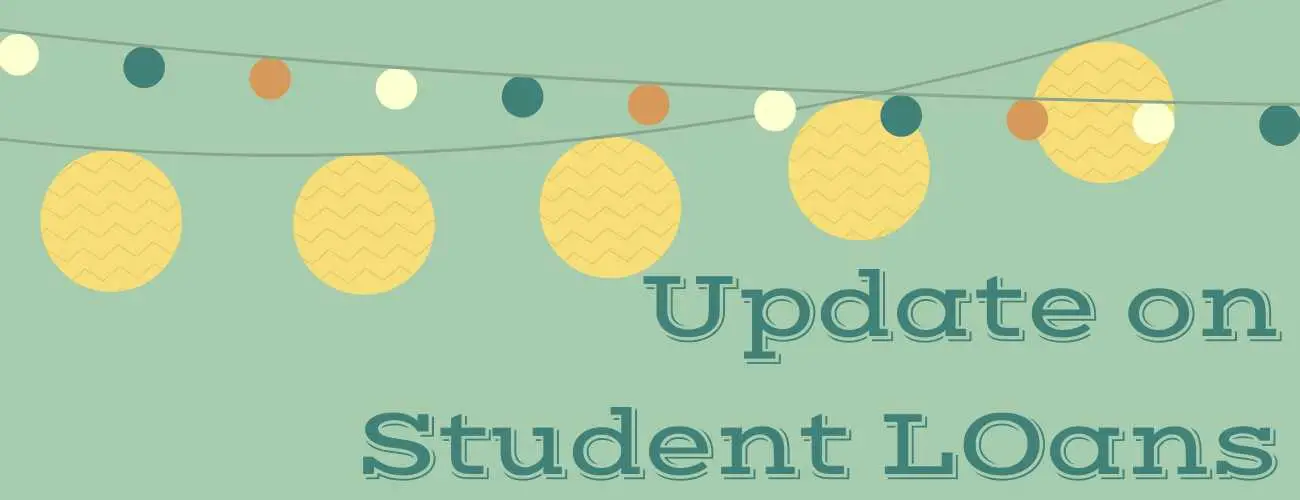
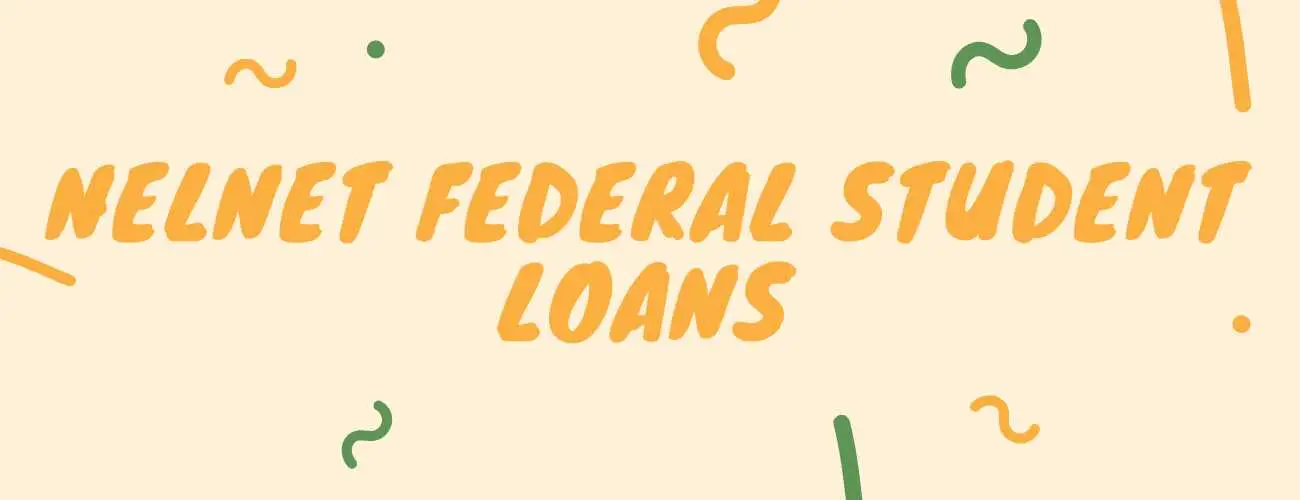
28.jpg)
